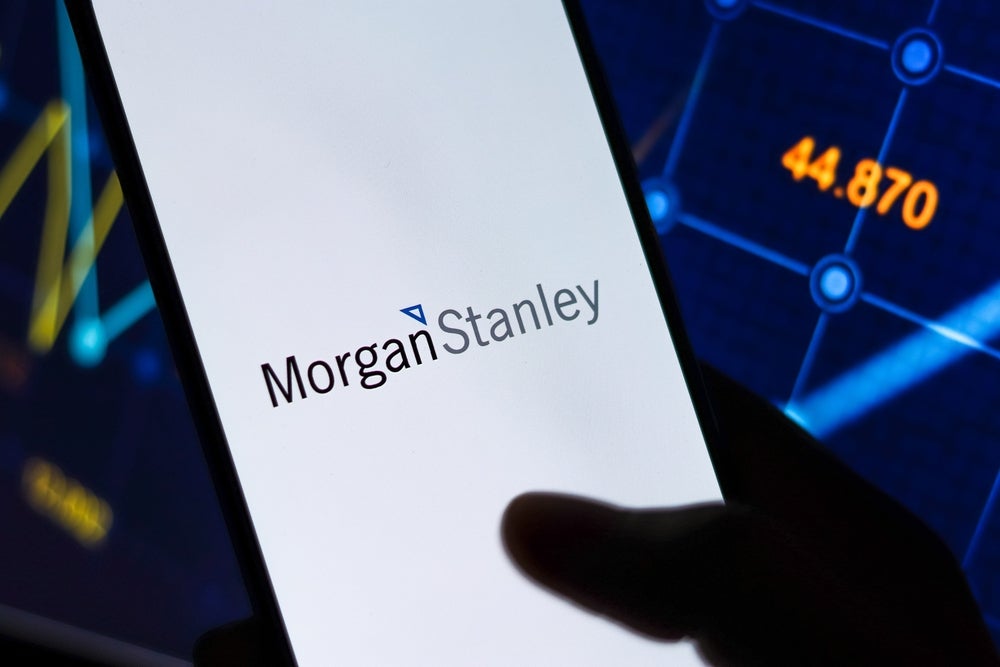Last year, Apple’s brand loyalty reached an all-time high of 92%, as the tech giant focuses on delivering unique customer experiences and on the promise of continuous innovation. As such, like-minded groups of people identify with the company’s purpose and vision, naturally becoming strong advocates.
Financial services can use this positive word-of-mouth as another form of marketing to build up, interact and grow from their own evangelistic community, similarly to how technology businesses have benefited from this growth in the past.
What are the brand perceptions among younger generations?
Lifestyle branding has been growing amongst younger generations like digital native Gen Z as they favour self-expression and listen to influencer recommendations. While advertising and TV shopping defined the pre-social media era, it is the social influencers who are shaping the purchasing decisions of the new generation, with the market growing from £1.7bn in 2016 to a staggering projection of $16.4bn this year.
It might not be surprising that the finance world is looking to tap into this trend. Branding expert Apple has even ventured into this space by introducing a one-of-a-kind titanium credit card to allow consumers to benefit from individuality in their lifestyle. With the customer experience front and centre of these strategies, how do banks and fintechs venture into lifestyle-based banking?
Design is key
It’s important banks and fintechs focus on a holistic, engaged approach that improves the customer experience, and there are plenty of examples out there of a successful strategy that puts the customer front and centre. Monzo is one example of the app-based challenger banks in the UK looking to disrupt the traditional way of banking, as the firm places a key focus on its customers’ requirements. Its super-colourful bank card means it has a distinctive look. The bank’s head of design, Hugo Cornejo, described this as an intentional move to grab people’s attention and create a discussion when handed over to make purchases.
This strategy is reflective of a brand that truly understands its desired customer base. Understanding the motivations of consumers will enable banks and fintechs to select the right design elements for their bank cards, as these are the physical symbol for their lifestyle.
How well do you really know your competitors?
Access the most comprehensive Company Profiles on the market, powered by GlobalData. Save hours of research. Gain competitive edge.

Thank you!
Your download email will arrive shortly
Not ready to buy yet? Download a free sample
We are confident about the unique quality of our Company Profiles. However, we want you to make the most beneficial decision for your business, so we offer a free sample that you can download by submitting the below form
By GlobalDataThis is just one instance of how a card can amplify someone’s lifestyle. The design could reflect exclusivity, innovation or sustainable practices for customers that want to support green initiatives. For example, a metal card is resilient against fast-paced lifestyles, it is defined by its longevity and ultra-sleek design. Eco-cards made of 100% recycled, ocean-sourced, or bio-plastics can also resonate with environmentally conscious consumers, which is particularly crucial as a 2020 report discovered that 73% of Gen Zs were willing to pay more for sustainable products. A further study also revealed that nearly 90% of Gen X consumers would be willing to spend 10% extra for more sustainable products.
Importance of customer communication
Apart from design, communication to consumers is critical, with social channels now a crucial medium to spark conversations with younger customers. As an example, the launch of digital US bank Step was promoted on TikTok by leading influencer Charli D’Amelio and achieved support from celebrities such as the rapper Nas. For younger consumers that do not have an interest in finance, harnessing the power of social media and influencer marketing will help to resonate with their interests.
Alongside impactful and sustainable bank cards that can also be personalised to reflect the tastes and personal interests of the consumer, digital applications will allow for effective online experiences as part of a combined phygital approach, where digital and physical experiences are brought together. This will be critical as more consumers decide when they want a physical or digital touchpoint, with the banking situated where the customer is.

Embracing a holistic approach
For banks wanting to create a successful lifestyle brand, the key lies in fully understanding their consumers and boosting the user experience by taking a more holistic approach. Effectively utilising data at hand could certainly help with seeing valuable customer insights, their behaviours, motivations and interests.
The subsequent building of a strong image, targeted products and use of relevant personalities will place banks and fintechs in much stronger positions to attract new customers and ensure their loyalty and advocacy moving forward. The most successful banks understand their customers’ aspirations, speak their language, know where they ‘hang out’ online, and offer them personalised and unique products and services that resonate and are instantly recognisable.

Mikko Kähkönen is Global Head of Card Products, Giesecke+Devrient








Related Company Profiles
Apple Inc